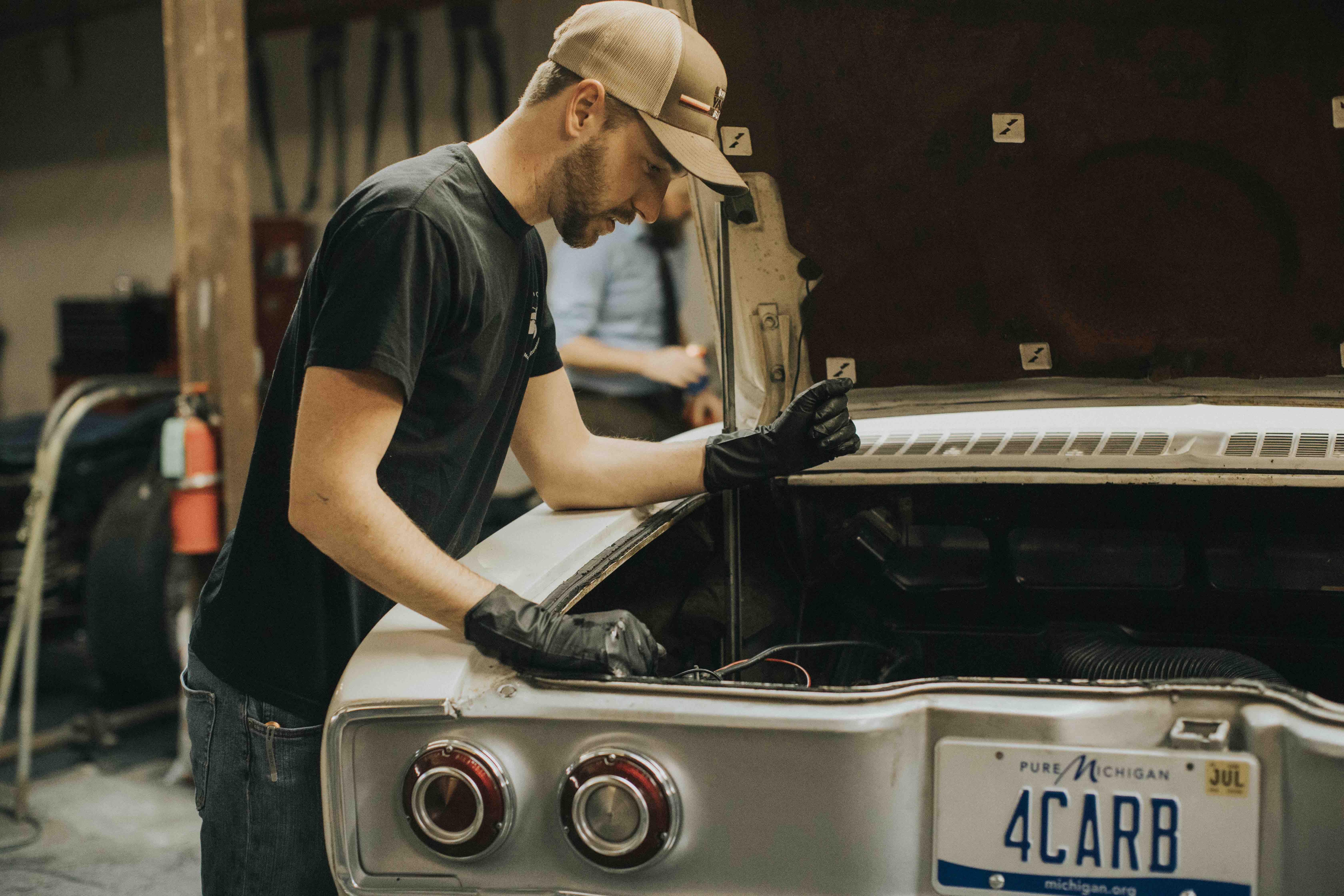Media | Articles
How to procrastinate and then finally ready your Corvair for a 1500-mile trip
It was still hot outside in Northern Michigan when the clutch on my 1965 Chevrolet Corvair Corsa showed signs of slipping last summer. I knew I could limp it till winter and then have the snowy months to take the engine and transmission out, replace some parts and clean others, put it all back together, and then be ready for spring cruising. Those plans were rather optimistic.
I ordered the parts in December, so I at least started on a good timeline. Clarks Corvair has great packages called “multi kits” where they package everything you need to complete a given repair in one box and drop it at your doorstep. I read the factory service manual from start to finish. The tools were cleaned and organized. Everything was primed and ready to start.
The curse of procrastination
Then, nothing.
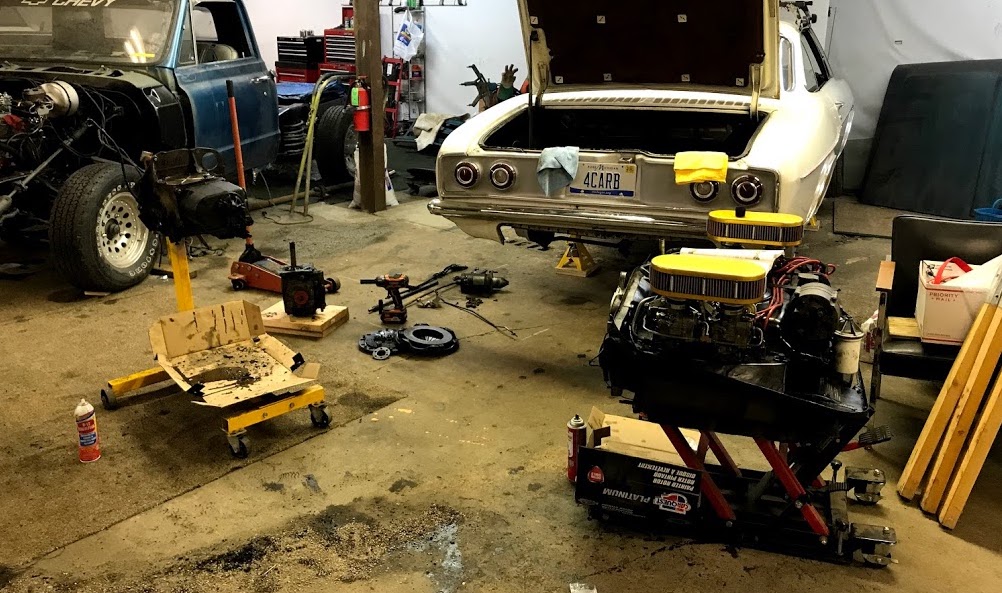
I dragged my feet and did a few projects around the house. After all, it was cold and I had months before the car needed to be ready. What could possibly be the harm in relaxing a few weeks and pushing it off just a little more?
Marketplace
Buy and sell classics with confidence
Once a week I would say “I’ll start that next week.” Then, suddenly, it was just weeks before I was due to arrive in Kansas and the car hadn’t been just sitting for months. My eyes alternated between the engine on the floor and the calendar on the wall with April 8th circled. After all that wasted time, the scale of this undertaking was finally hitting me.
Now or never
It was time for the ratchet to start sounding off. I borrowed a corner of heated shop space from a friend, beginning by tackling small steps, only to realize I wasn’t moving as fast as I wanted or needed to. A full weekend around and underneath the car followed, wherein I pulled not only the engine and transaxle, but documented all the other items that needed to be addressed before or during reassembly.
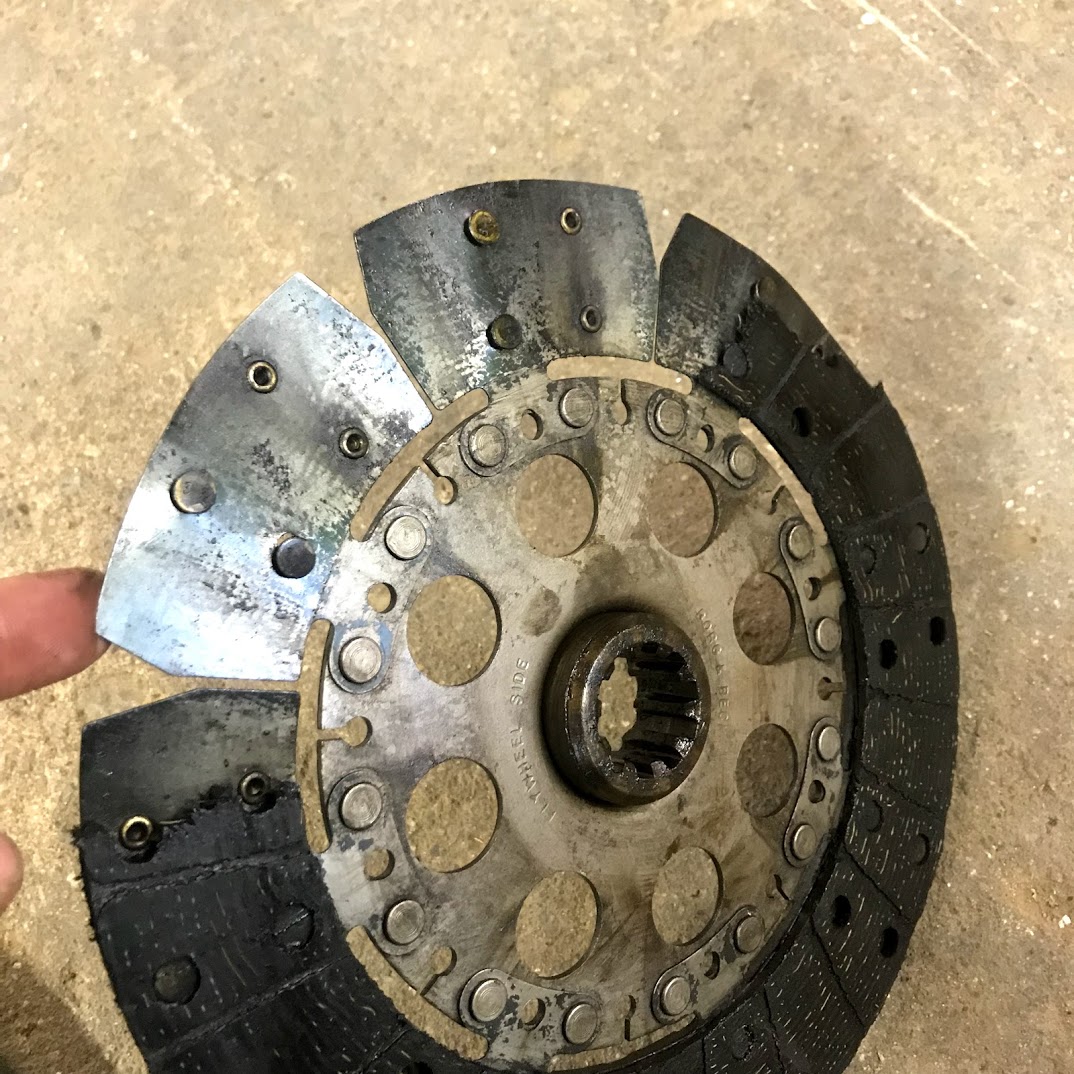
For one, after I split apart the engine and transaxle to access the clutch, some creative cursing and advanced bolt-removal techniques soon followed. Once I finally got the transaxle free, a horror show inside the bellhousing was there to greet me. The oil lubricating the transmission and differential worked its way past the input shaft seal and into the bellhousing, thus soaking the clutch. The friction material riveted to the clutch disk was only half there and the other had turned into a fibrous goo coating everything inside. There was even clutch material in the starter windings. How does that even happen?
Out came the heavy gloves. The exciting part of the project was over, next began the boring part.
Dirty and unglamorous
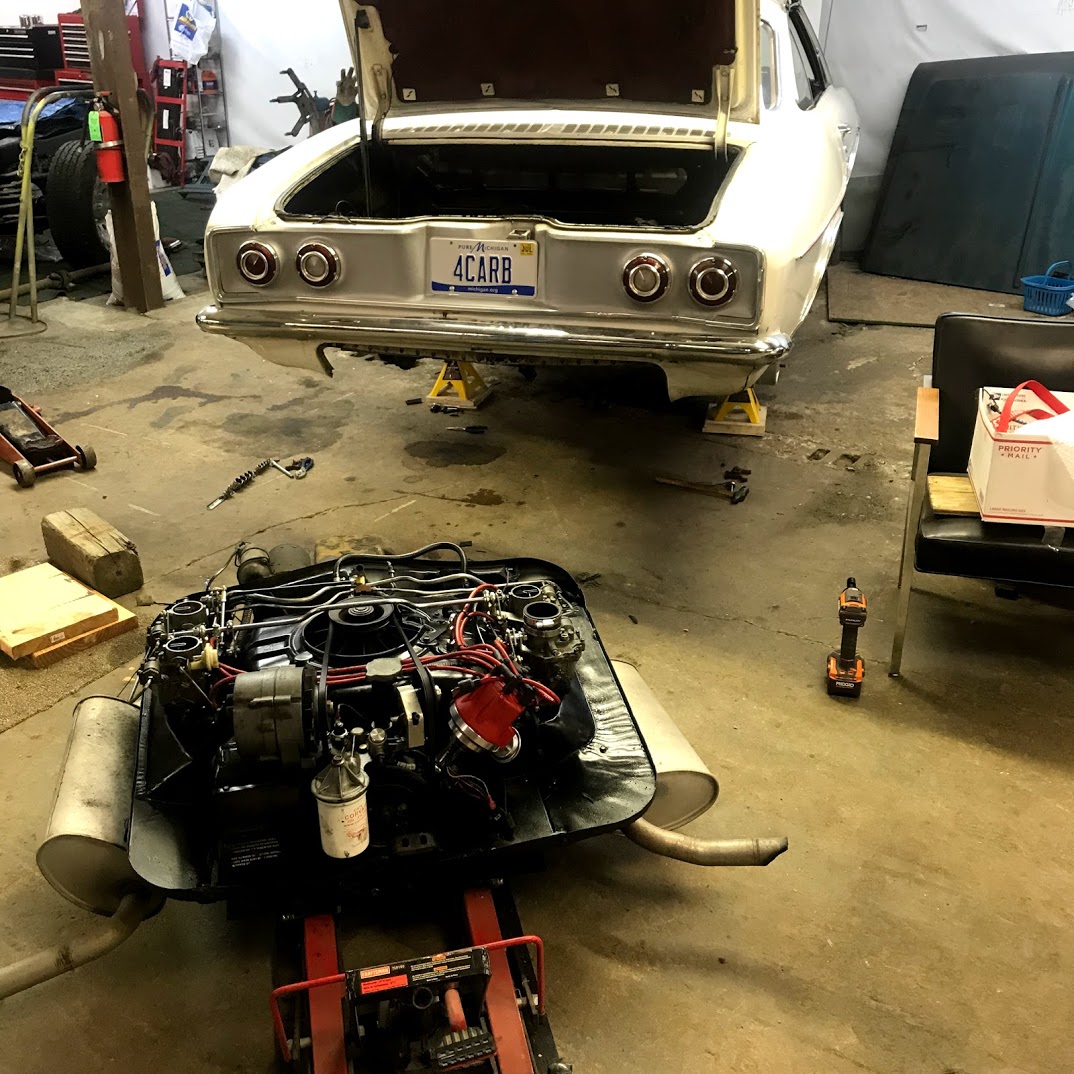
When you tackle a big project, you might get a few offers of help from friends to work on your classic—pulling engines and bolting suspensions back together will always draw a crowd. No one ever offers to help clean parts. Several evenings of solo scrubbing solvent scraping turned into a daze of wire brushes dancing in my head like some greasy garage version of the Nutcracker.
Only after canning the last oily rag could I begin re-assembly. Cue up the good music and bring out the good torque wrench. Things were going together quickly and I was happy as a clam.
That is, until realizing that I forgot to place thread sealant on bolts connecting the flywheel to the crankshaft. Just like that I was set back two hours. A full Saturday of work brought the engine and transaxle back together, meaning it was time to put the powerpack back in the car. Last on the list was all the other little things I had been putting off for months.
The sound of victory
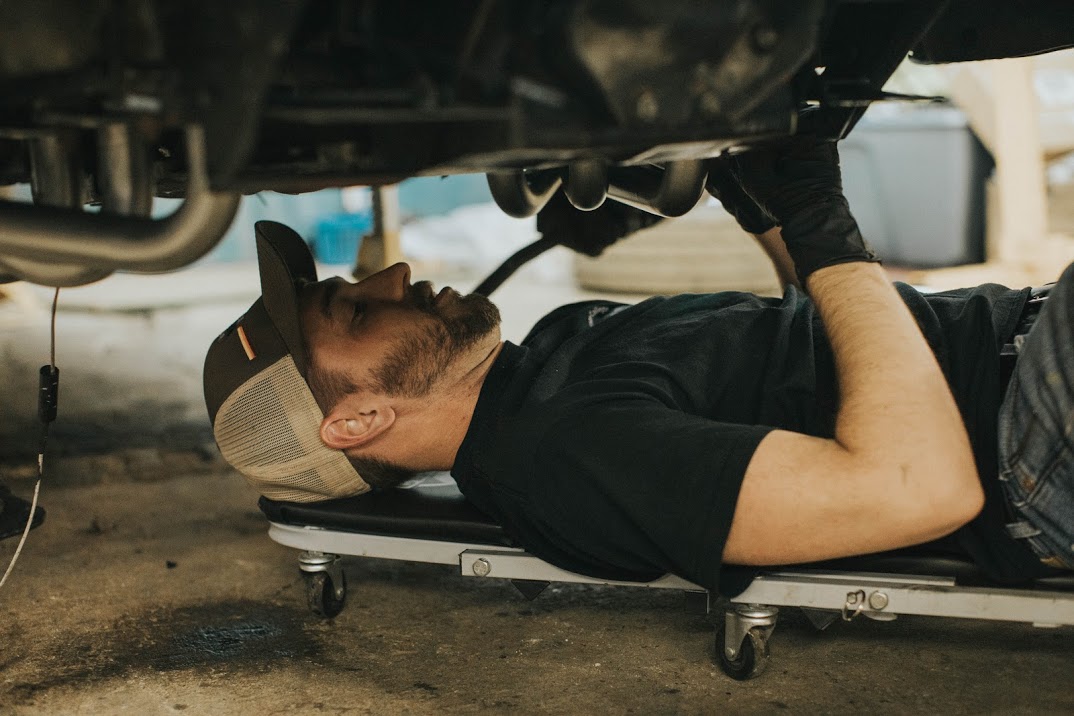
There is no better shot of motivation than hearing an engine run after it has been even just partially apart. I decided to make this “first” startup extra special by gathering a group of friends and bolting up a new set of headers, but not the rest of the exhaust.
With a turn of the key the engine spun to life with a raucous roar. It was a chorus of high fives and a cascade of bottle caps hitting the floor—a fine distraction from the reality that this was just one of several obstacles hurdled. The yet-to-be-completed car was set to leave in just two weeks. Many weeknights remained to tidy up wiring, adjust linkages, and solve small leaks.
I tightened up all the hardware just in time to drive across town two or three times in the days leading up to the start of the adventure. The choke still didn’t work, the shifter didn’t like going into reverse, and the clutch was still in need of a second adjustment. But the time had come. I said I was going to drive to Kansas, so I pointed the headlights south. Now I just had to make it.
